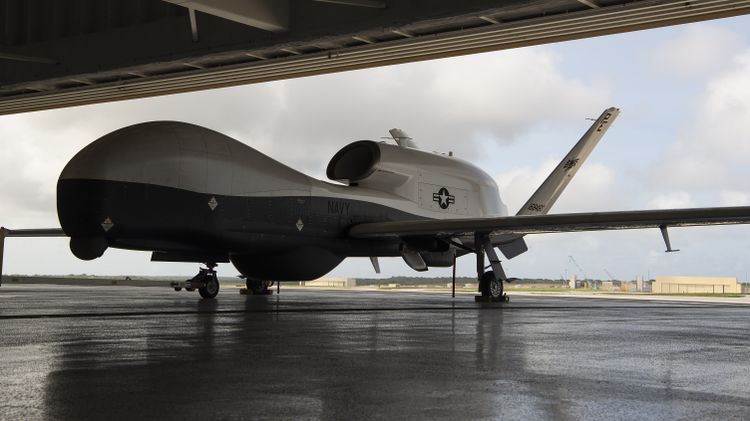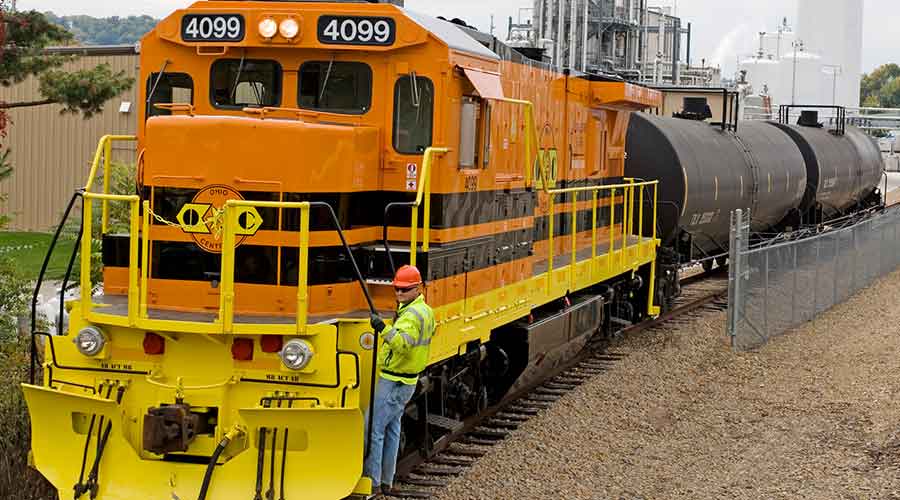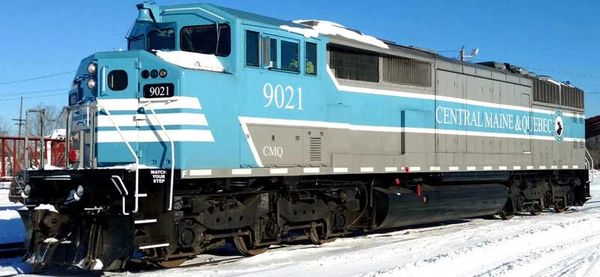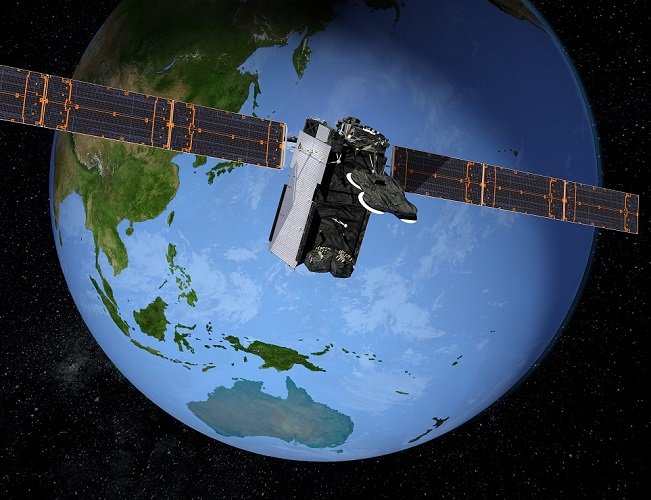Due to increased uncertainty surrounding the duration and scale of the Covid-19 outbreak, Air New Zealand has today announced that it will be withdrawing the full year 2020 earnings guidance it issued to the market on 24 February 2020 and reconfirmed at its interim results announcement on 27 February 2020.
Air New Zealand has taken numerous steps to mitigate the impact of reduced demand resulting from Covid-19, including reducing capacity on its Asia, Tasman and Domestic networks, redeploying its fuel efficient 787 Dreamliner fleet to drive operational efficiencies and using tactical pricing to stimulate demand on the impacted sectors. However, the airline now believes that the financial impact is likely to be more significant than previously estimated and with the situation evolving at such a rapid pace, the airline is not in a position to provide an earnings outlook to the market at this time. An update on earnings expectations will be provided when appropriate.
Over the course of the past week the airline has seen additional softness in demand with a decline in bookings across its network. The further spread of Covid-19 to countries outside of China, including New Zealand, has driven a downward shift in demand.
Chief Executive Officer Greg Foran says that it is increasingly clear that Covid-19 has created an unprecedented situation and it is difficult to predict future demand patterns.
“We have been continuously monitoring bookings and in recent days have seen a further decline which coincides with media coverage of the spread of Covid-19 to most countries on our network as well as here in New Zealand,” says Mr Foran.
In response the airline has implemented further capacity reductions to its network, which include extending the suspension of its Shanghai service through to the end of April, and additional consolidation of services across the Tasman, Pacific Islands and Domestic network in March and April.
As a result of these actions, Air New Zealand has reduced total capacity into Asia by 26 percent, and total overall network capacity by approximately 10 percent since the outbreak of Covid-19 started.
Like the vast majority of its industry peers, the airline is also pursuing a range of mitigations in response to the swift decline of demand. These include the deferral of non-urgent capital spend and non-critical business activity across operational and corporate functions.
Chief Executive Officer Greg Foran has voluntarily offered to reduce his base pay of $1.65 million by approximately 15% ($250,000) with the support of the Board, and Air New Zealand’s Executive team will extend their salary freeze that has been in place since May 2019. On top of this, the airline has implemented a hiring freeze for all roles that are non-critical and will offer operational staff the option to take unpaid leave in addition to managing annual leave balances.
“Air New Zealand is a strong and resilient business operated by a world-class team with deep experience having navigated prior shocks to our business and industry. While we have already made swift adjustments to our operations, we are prepared to take further actions to address the ongoing demand impact of Covid-19,” says Mr Foran.
Summary of Air New Zealand’s response since the Covid-19 outbreak
- Overall capacity reductions of approximately 10% across the network, including:
– Asia capacity reduction of 26% through June, including extension of Shanghai route suspension through April
– Tasman capacity reductions of 7% through June
– Pacific Islands capacity reductions of 6% through June
– Reductions across the Domestic network of approximately 4%, with a 10% to 15% reduction in March and April - Various labour initiatives including a voluntary reduction in CEO pay, a hiring freeze for all non-critical roles and voluntary unpaid leave for operational staff
- Deferral of non-urgent capital spend and any non-critical business activity











